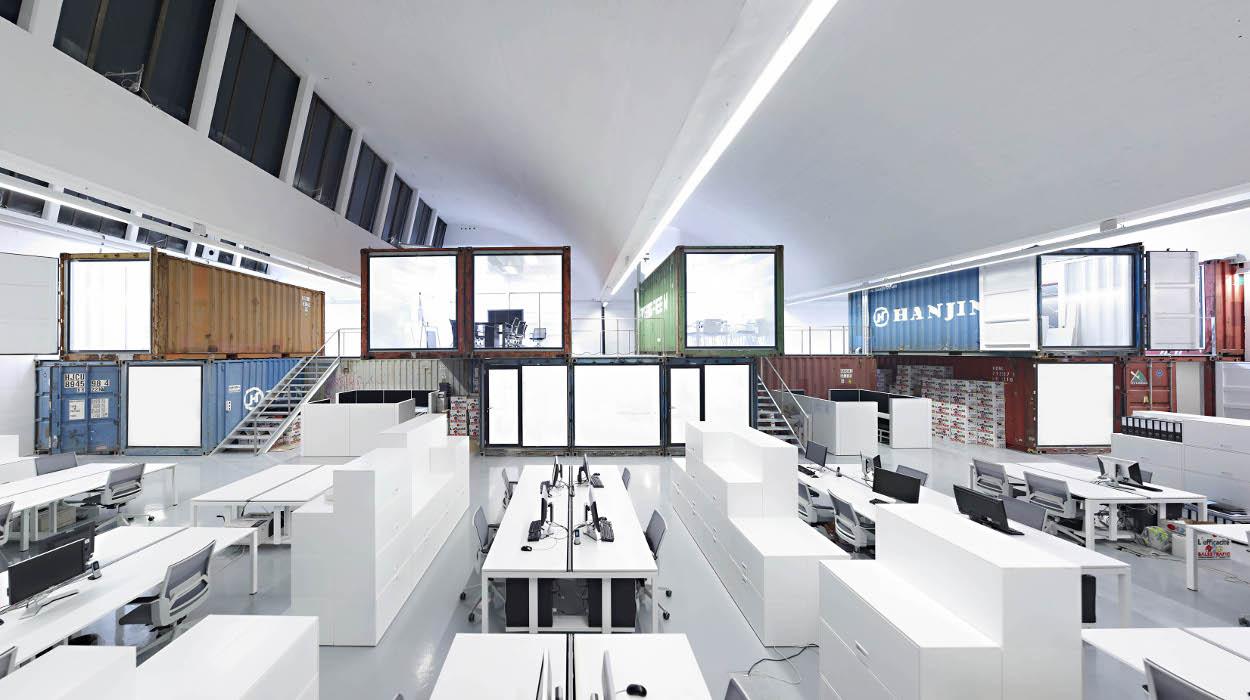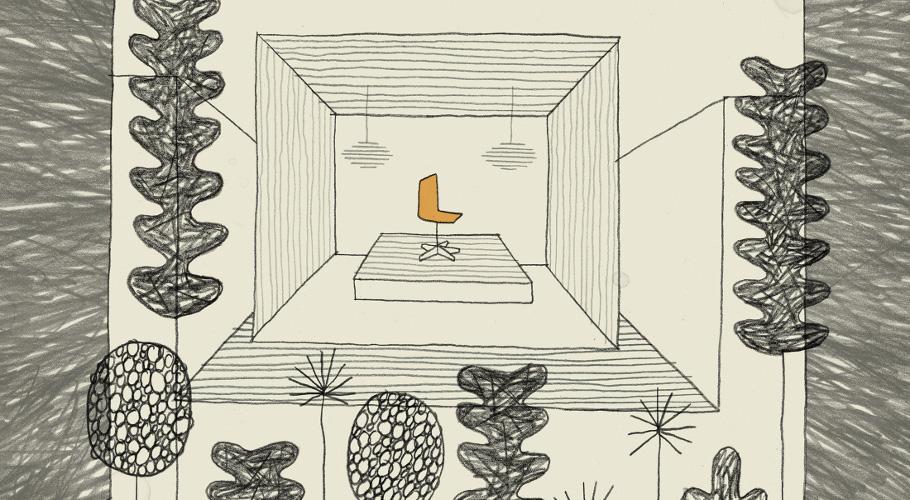INSPIRATION

The Rise of Ethonomics
Ethonomics: Designing for the principles of the modern workplace.
We are beginning to see a cultural shift—a new awareness of how deeply human and environmental health are connected. If we begin with a discussion of the lifestyle choices we make as individuals, we must consider three key features of the cultural landscape that influence our behaviors, our health and that of the natural world. These are technology, foodand the urban environment.
Technology
In terms of human health, we see that technology (i.e.,communications technology and in particular, mobile, high-tech gadgets), has engineered physical activity out of daily life. The result is a sedentary population with a high incidence of obesity and diseases related to lack of exercise.
Food
While healthy and affordable food is readily available to most people in North America, many forego a healthy diet and daily consume high-calorie processed foods that contribute to disease. At the same time, research reveals a significant trend toward selecting organic, locally produced ingredients and prepared foods—a shift that can have a positive effect on human health and the natural environment.
Urban Environments
More than 80% of the U.S. population lives in an urban area. While violence, traffic, poor air quality and a lack of pedestrian-friendly infrastructure remain impediments to health, many cities are now focused on creating urban environments shaped to human needs and reflecting our human affinity with natural systems. Strategies include improving transit, supporting the use of renewable energy and planning cities to maintain contact with the natural world.
The conditions addressed in urban planning and design parallel those being tackled by architects and designers committed to creating buildings and work settings that are rather like good neighborhoods. In that context, there are four primary challenges—and opportunities—to create healthy, people-first buildings and workspaces: Promote movement/physical activity; Incorporate or evoke nature; Reduce noise and disruption; Employ materials that help to create a safe, comfortable and inspiring environment.
Building architecture can promote movement across the office landscape. Architectural strategies include accessible open stairways with multiple landings and views into active spaces, on-site multi-purpose fitness/recreation facilities, and a variety of large- and small-scale, open and enclosed spaces that encourage people to move around to collaborate, socialize or focus on a task. At the work desk, adjustable furniture allows people to sit, stand and change postures frequently to reduce fatigue and stress on joints and muscles, to burn calories and promote circulation throughout the body, which has multiple health benefits, including enhanced cognitive function.
Concepts of biophilic design are generating new ways to design buildings and building interiors to incorporate or evoke nature, changing not only how structures and workspaces look, but also how they function. Research shows that by connecting spaces to the natural world—providing windows, daylight, fresh air, plants, water, natural materials, decorative motifs and planning strategies drawn from nature—we can improve the physical and psychological health of building occupants. Equally, such strategies can reduce energy use and provide other environmental benefits.
The office is a place for creativity and collaboration, requiring spaces that support fluid and spontaneous interactions—but also quiet spaces that minimize noise and the potential for disruption when thinking, analyzing, writing and reading. People need a place to withdraw from the flow of activity and also want to control noise, especially related to what others can hear them say and what they hear other people say.
Creating workspaces that are inviting, comfortable and uplifting depends upon a skillful combination of materials, textures, patterns and colors. It is essential to choose materials that do not contain toxins or emit VOCs. Designers also choose materials for their sound-absorbing value, pleasing tactile qualities and the visual richness of color, pattern and texture. Beyond aesthetics, varied sensory stimulation can engage and energize people at work.
Considering the impact of human systems on natural systems—and the impact of the natural and built environments upon human beings—we can posit that the power of design today is something more than aesthetics,communication or the creation of desirable products. Rather, it must be practiced as a process of integrative thinking—a synthesis of design, technology, science and humanistic principles—set within the context of social, economic and environmental ethics: “Ethonomics.”
Source: www.teknion.com
Source: www.teknion.com



